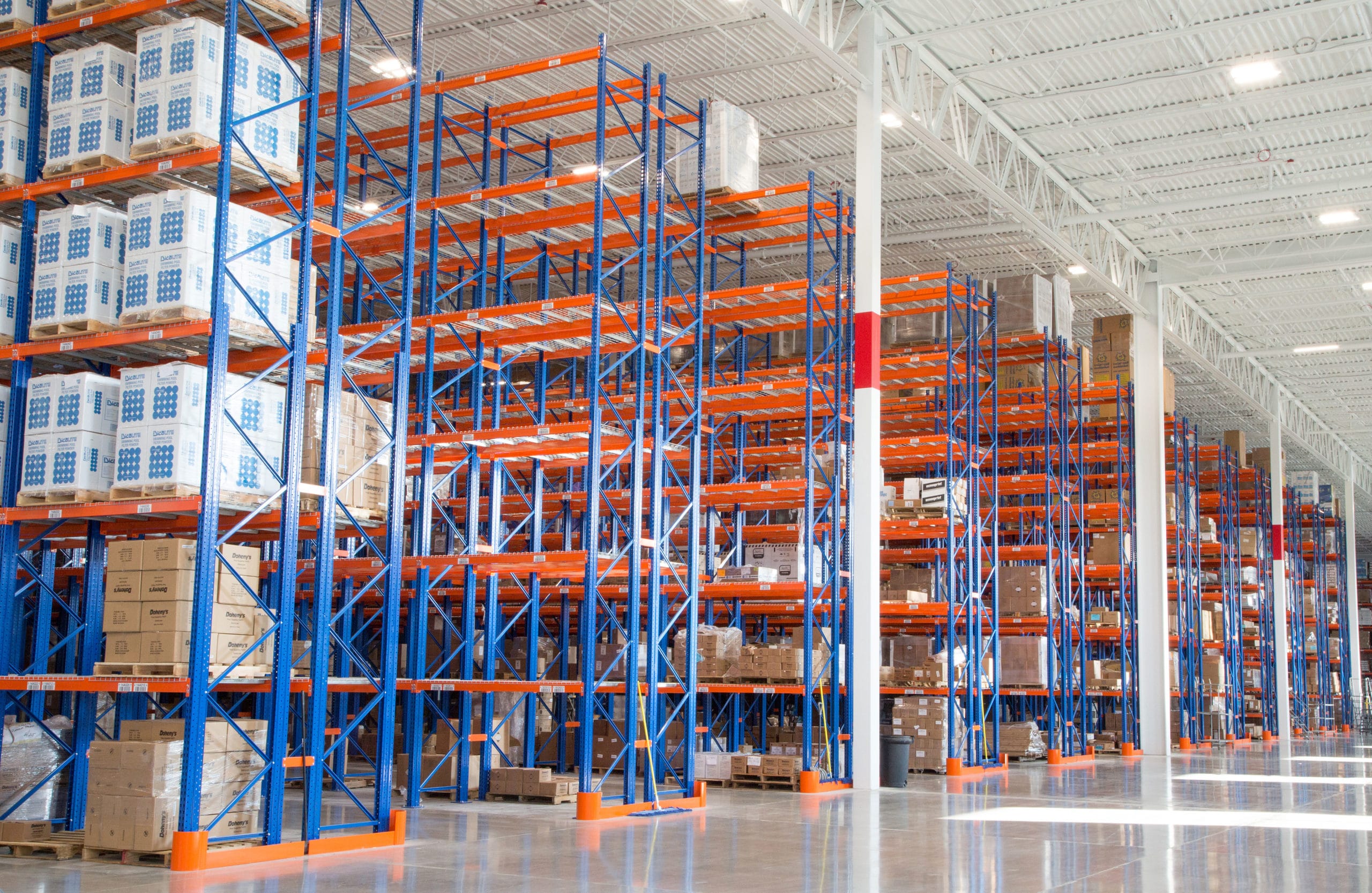The evolution of the racking system mirrors the broader story of human ingenuity in organizing space and resources, a testament to our species’ remarkable capacity for creating order from potential chaos. Like the intricate architecture of a termite mound or the efficient geometry of a beehive, industrial racking systems represent a sophisticated solution to the fundamental challenge of vertical storage optimization. These structures form the skeletal framework of modern warehousing, distribution centres, and manufacturing facilities, enabling the systematic arrangement of goods in ways that maximize both capacity and accessibility whilst minimizing wasted space.
The Fundamental Architecture
At its essence, a racking system comprises vertical frames connected by horizontal beams, creating a three-dimensional matrix of storage positions. This seemingly simple configuration conceals remarkable engineering sophistication. Each component serves a specific function within the larger system, much as individual cells contribute to an organism’s overall functionality. Uprights bear the vertical loads, beams distribute weight horizontally, and bracing elements provide lateral stability against forces that might otherwise compromise structural integrity.
The mathematics of racking design follows principles observable throughout nature: optimal use of materials, distribution of stress, and adaptation to environmental constraints. Engineers calculate load capacities, deflection rates, and safety factors with precision, ensuring these systems perform reliably under demanding conditions. The result resembles the elegant efficiency found in natural load-bearing structures, from tree trunks to skeletal systems.
Diversity Within the System
Just as biodiversity strengthens ecosystems, the variety of racking configurations available enables organizations to match storage solutions precisely to their operational requirements:
-
Selective pallet racking
The most ubiquitous system, offering direct access to every stored pallet, ideal for operations requiring frequent stock rotation
-
Drive-in and drive-through systems
High-density configurations where forklifts enter the racking structure itself, maximizing space utilization for homogeneous products
-
Push-back racking
Utilizes gravity and inclined rails to create dynamic storage where pallets slide backward as new ones load from the front
-
Cantilever systems
Specially designed for long, awkward items such as timber, piping, or furniture, with arms extending from a central column
-
Mezzanine racking
Creates additional floor levels within existing ceiling heights, effectively doubling or tripling usable space
Singapore’s racking system implementations in port facilities and logistics hubs exemplify this diversity, where different configurations coexist within single facilities, each optimized for specific cargo types and handling requirements.
The Ecological Principles of Storage
Observing a well-designed warehouse racking system reveals principles analogous to those governing efficient ecosystems. Vertical stratification maximizes the use of available cubic space, much as rainforest canopies exploit different light levels. Flow patterns emerge as goods move through the system, following predictable pathways determined by frequency of access and operational logic. High-turnover items occupy prime positions near loading areas, whilst slower-moving stock resides in less accessible locations, a distribution pattern reminiscent of resource allocation in biological systems.
The concept of niche specialization applies equally to racking configurations. Each system type occupies its particular functional niche, suited to specific storage challenges. Cold storage facilities require robust systems resistant to temperature extremes. Automated warehouses demand precision-engineered racking that interfaces seamlessly with robotic handling equipment. Hazardous materials storage necessitates enhanced safety features and containment capabilities.
Structural Integrity and Safety Considerations
The integrity of any racking system depends upon meticulous attention to loading specifications and maintenance protocols. Overloading represents the primary threat to system stability, much as exceeding carrying capacity destabilizes natural structures. Each rack configuration possesses clearly defined weight limits per beam level and maximum total capacity. Respecting these parameters ensures longevity and safety.
Regular inspection routines serve as the equivalent of immune system surveillance, identifying damage before it compromises structural integrity. Frame distortion, beam displacement, and anchor point deterioration all warrant immediate attention. The interconnected nature of racking systems means localized damage can propagate through adjacent sections if left unaddressed, similar to how disruption in one part of an ecosystem affects connected elements.
Adaptive Modifications and Scalability
One remarkable characteristic of modern racking systems lies in their adaptability. As operational requirements evolve, configurations can be modified, expanded, or reconfigured without complete replacement. Beam levels adjust to accommodate different product heights. Additional bays extend capacity as inventory grows. This flexibility reflects the adaptive capacity observable in successful natural systems, where modification rather than wholesale replacement enables survival amid changing conditions.
Environmental and Economic Efficiency
The implementation of appropriate racking systems generates measurable economic and environmental benefits. Vertical storage optimization reduces the building footprint required for given inventory volumes, thereby conserving land resources and reducing construction materials. Organized storage minimizes forklift travel distances, decreasing fuel consumption and emissions. Improved inventory visibility reduces waste from damaged or expired goods, whilst enhanced accessibility increases operational efficiency.
Singapore’s racking system deployments in high-density urban environments demonstrate how thoughtful storage architecture enables commercial activity within severe spatial constraints, a practical application of efficiency principles that would satisfy any student of natural resource optimization.
The Synthesis of Function and Form
Understanding racking systems requires appreciating their role as fundamental infrastructure within the complex organism of modern commerce. These structures enable the intricate dance of global supply chains, providing the stable framework upon which goods pause during their journey from manufacture to consumption. Their design reflects accumulated engineering wisdom, safety imperatives, and economic realities. As warehousing continues evolving toward greater automation and integration with digital inventory management, the racking system remains the essential physical foundation upon which these advances build.

